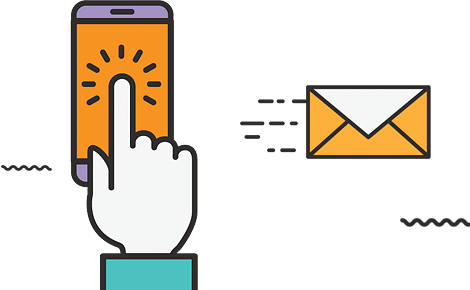
Make Contents Marketing Full-Time Business
Learn to launch a successful niche Marketing blog and grow it to become financially independent. Learn the field-tested strategies, discover tools which would help you grow your online business. Join our newsletter to stay informed with the latest in SEO and WordPress space!
The Core Benifits You Will Get About Marketing



